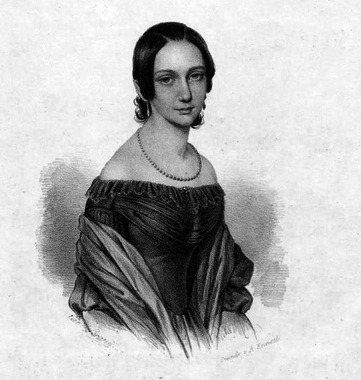Clara Schumann Piano Trio in G Minor, Op. 17 (1846-7)
John Harbison Sonata for Viola and Piano (2018) Boston Premiere
Johannes Brahms Piano Quartet in A Major, Op.26 (1861-63)
“I once thought that I possessed creative talent, but I have given up that idea; a woman must not desire to compose–not one has been to do it, and why should I expect to? It would be arrogance, although my father led me into it in earlier days.”
— Clara Schumann, from her diary, 1839
“It always saddens me to think that after all I am not yet a proper musician; still, I have more aptitude for the calling than many of the younger generation.”
— Johannes Brahms’s letter to Clara Schumann, February 1856
The second concert of our 37th BCMS series casts a spotlight on relationships of various kinds: between talented young composers and how each viewed their prospects in the music profession; between the certainties and uncertainties of their true personal relationship as close companions, confidantes, muse, and critic; and between each composer and influences of their times. The questions and answers remain the work of scholars who search the letters and players who hear, sense and feel in the music the influence of contemporaries and reactions to the others’ comments.
Piano Trio in G minor, Op. 17 (1846-7) is one of only two chamber works published by Clara Schumann. It shows flavor and influence of her contact with earlier chamber music by husband Robert, who was to write and publish his first two piano trios within the next years. His Piano Trios might be seen as a response to the increasingly discomforting sense of working in shadows of her fame.

Piano Quartet in A major, Op. 26 (1861-63) is the second of two published by Brahms in rapid succession. Although the longest of his piano and string chamber works, in its harmonic intimacy, poetry and Schubertian breadth, it thrives in the shadow of the more boisterous piano quartet in G Minor, Op. 25. Both piano quartets are in four movements and conclude with a heavily Hungarian flavor.
Between each of these notable works we have placed the local premiere of John Harbison’s Sonata for Viola and Piano (2018) that is being played for the first time by seven pairs of players in cities around the US during this year in celebration of his 80th birthday. He writes:
Sonata for Viola and Piano (2018) is in six brief movements, spanning somewhat less than fifteen minutes performance time. The six-movement premise–each shorter and less developed that its predecessor–was present form the first thoughts about the piece, one of those notions that sets in and becomes a mysterious obligation.
The viola was my chosen instrument, the one I always wanted to play. I enjoy the company of violists; their collegiality, adaptability, independence, their cherishing of the middle of the texture, its precious secrets. I am happy that a number of violists and their partner pianists have been interested to play this piece.
And we are happy to have it.
Enjoy.
MT
